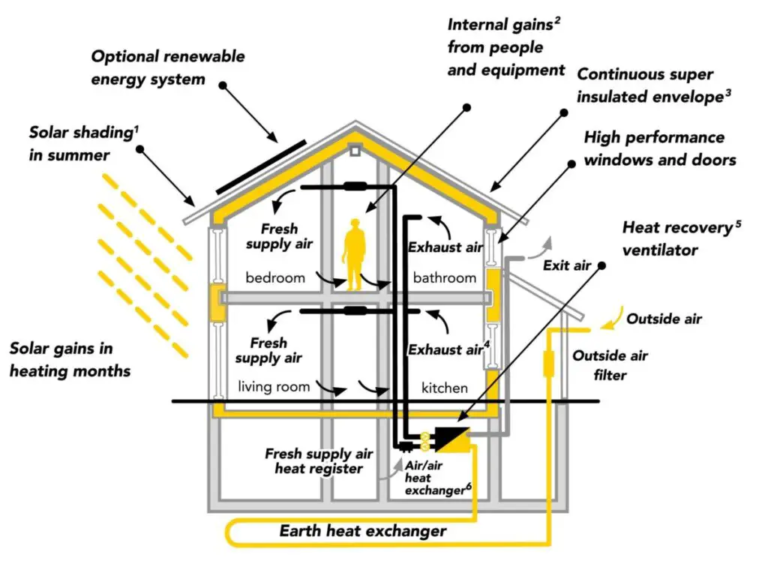Introduction
When embarking on an interior design project, it is essential to consider not only the aesthetics and functionality but also the external climatic factors that can significantly impact the design and comfort of the space. From temperature variations to humidity levels, external climatic conditions play a vital role in shaping the interior environment. In this article, we explore five key external climatic factors that designers must take into account for a successful and harmonious interior design project.

1. Temperature
Temperature is a fundamental climatic factor that profoundly influences interior spaces. In regions with extreme temperature variations between seasons, designers must consider the use of appropriate insulation, heating, ventilation, and air conditioning (HVAC) systems to ensure optimal comfort throughout the year. Incorporating thermal materials and window treatments can help regulate indoor temperatures and create a pleasant atmosphere regardless of external weather conditions.
2. Humidity
Humidity levels can impact the comfort, health, and longevity of interior design elements and furnishings. High humidity can lead to mold growth, warping of wooden furniture, and condensation on surfaces. On the other hand, low humidity can cause discomfort, dryness, and potential damage to delicate materials. Designers must consider the use of dehumidifiers, humidifiers, and moisture-resistant materials to maintain an ideal humidity level for the space.
3. Sunlight and Daylight
The amount of sunlight and natural daylight entering a space significantly affects its ambiance and energy consumption. In regions with intense sunlight, designers can use solar control window films, shades, and curtains to manage glare and prevent furniture fading. Maximizing the use of natural daylight through well-placed windows and skylights can reduce the need for artificial lighting during the day, enhancing energy efficiency and overall well-being.
4. Wind and Airflow
The direction and intensity of prevailing winds can impact the ventilation and airflow within a space. Strategic placement of windows, doors, and ventilation systems can optimize cross-ventilation and enhance indoor air quality. In windy areas, designers must ensure that exterior elements, such as outdoor furniture and planters, are securely anchored to prevent damage and accidents.
5. Precipitation and Water Management
Regions prone to heavy rainfall or snow require careful water management considerations in interior design projects. Proper drainage systems, waterproofing measures, and moisture-resistant materials are essential to prevent water infiltration and potential water damage. Additionally, entryway mats and shoe storage solutions can help keep interiors clean and dry during wet weather.
Conclusion
Considering external climatic factors is an integral part of a well-rounded interior design project. By addressing temperature variations, humidity levels, sunlight and daylight exposure, wind and airflow patterns, and precipitation challenges, designers can create spaces that offer optimal comfort, energy efficiency, and longevity. Taking these climatic factors into account not only enhances the functionality and aesthetics of the interior but also ensures the well-being and satisfaction of its occupants. A thoughtful and climate-responsive interior design approach leads to spaces that harmoniously coexist with their external environment, resulting in environments that are both inviting and sustainable.






